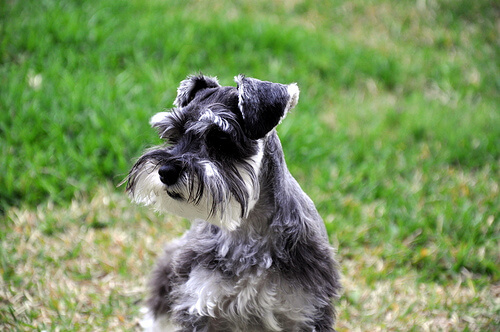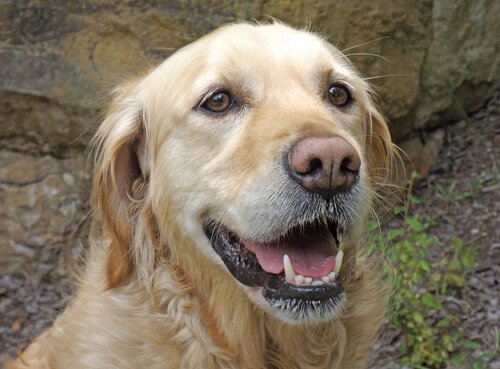Why You Shouldn't Trim Your Dog's Whiskers

A trip to the dog groomer is much like a trip to the hairdresser for us. However, every salon is different and, in both types of salons, there are many styles to choose from. Just like hair or fur, your dog’s whiskers will also grow back. So, if they’re trimmed, it isn’t permanent.
Dogs have whiskers on their nose above their upper lip, chin, and forehead. If you trim them, it won’t hurt them, but a dog’s whiskers are like a sixth sense, and so, for a while, you could be limiting their ability to play or hunt.
A dog’s whiskers have roots that are three times deeper than normal hair. In addition, the whiskers themselves are twice as thick and dogs use them to sense the world around them.
Whiskers help dogs, for example, to sense air currents and use that information to determine the size and shape of nearby objects. Also, they can find a tight or narrow way into a hole.
In addition, whiskers protect canines’ eyes, much like eyelashes do in humans. If you touch them, they’re likely to blink.
If you have any questions about whether trimming whiskers can be positive or negative for your little friend, here are some facts for you to take into account in order to make the best decision.
All about a dog’s whiskers
A dog’s whiskers are part of its sensory organs, and they use them to gather information about their environment. The hairs actually allow the dog to measure and determine distances.

The root hairs are located at a much deeper distance than normal hairs and send a message to your dog’s brain about the relative location of the object in question.
In a way, they function like an insect’s antennae. They respond to touch, and, as we mentioned before, they’ll probably blink if you touch them.
Be careful! If you trim your dog’s whiskers, it doesn’t mean your pet will walk in circles, but their orientation will suffer in some way.
Although there are many differences, the practice of trimming whiskers is accepted in many breeds that have long hair. In the case of most short-haired breeds, on the other hand, people don’t usually touch them. The best way to find out if your groomer plans to trim your dog’s whiskers is to ask.
Some groomers often claim that trimming whiskers is in keeping with breed standards, but not all standards specify whether whiskers should be trimmed. So, the choice is left up to the owners.
On the other hand, remember that if whiskers are trimmed, a dog can become disorientated. With reduced sensory information, your dog may become shy or unsure of its surroundings and may move strangely. They may even become scared, change their behavior, or become aggressive.
Pros and cons of trimming dog whiskers

Whisker trimming does bring some benefits, and some dogs’ senses aren’t affected.
Some owners trim their dog’s whiskers because they feel it gives them a cleaner look and an edge over the competition. Others, on the other hand, simply like the look of a “tidier” face on their pet.
The procedure in itself can be uncomfortable, and can be extremely painful if the groomer plucks rather than cutting.
Talk to your veterinarian and come to a joint decision if you’re going to trim your dog’s whiskers. If you agree, supervise how the groomer does it.
Remember that the choice to trim your dog’s whiskers is a strictly aesthetic one. So don’t be fooled into believing that it’s an accepted practice for every dog that walks through a groomer’s door.
All cited sources were thoroughly reviewed by our team to ensure their quality, reliability, currency, and validity. The bibliography of this article was considered reliable and of academic or scientific accuracy.
- Yllera, M., Camiña, M. & Cantalapiedra, J. (2016) Comportamiento y órganos de los sentidos de los animales. Monografias do IBADER- Serie Pecuaria 2. Universidad de Santiago de Compostela. Lugo.